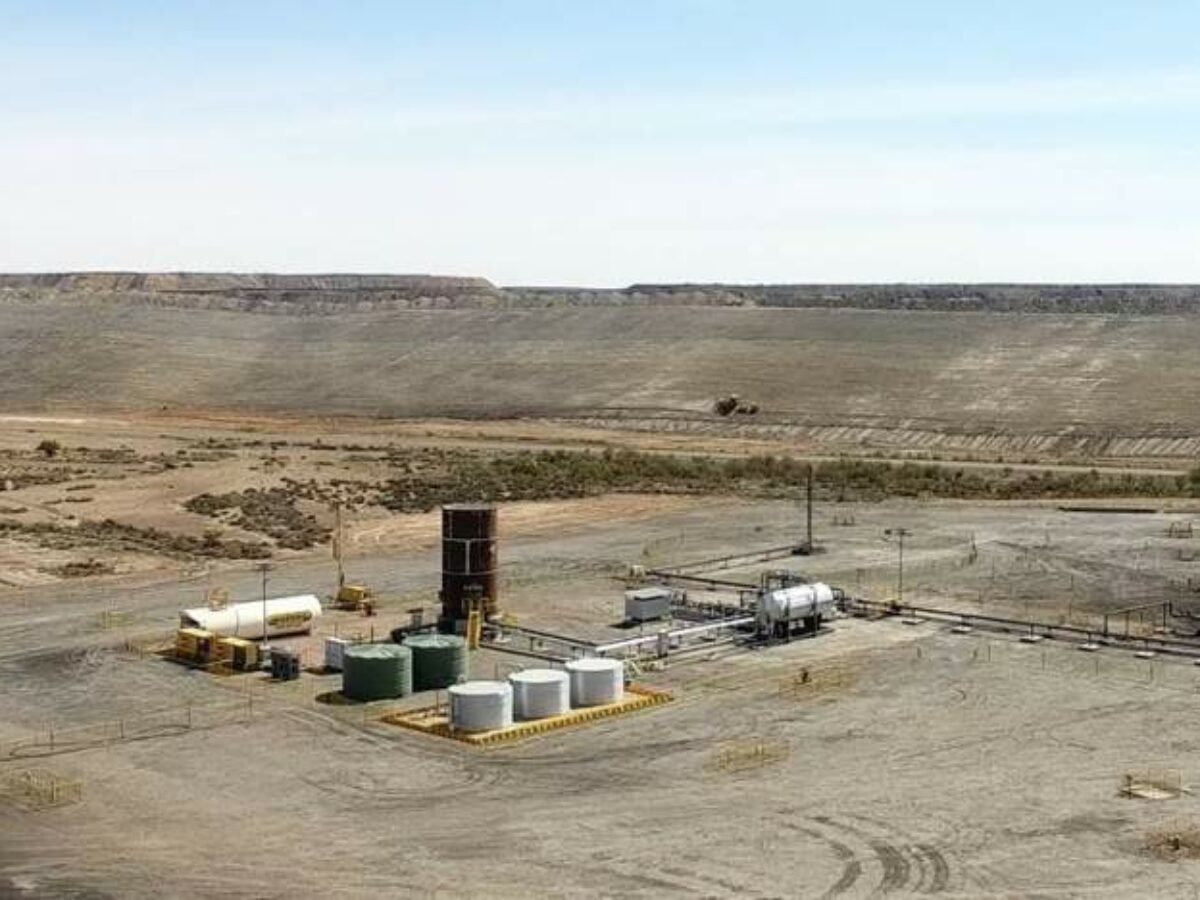Coal seam gas cuts electricity production carbon emissions – CSIRO

A CSIRO assessment of whole-of-life greenhouse gas emissions associated with the Queensland coal seam gas (CSG) to liquefied natural gas industry (LNG) has identified major greenhouse gas reduction opportunities for electricity generation.
The report into gals and electricity production from the Suart Basin found that switching from black coal to Suart CSG for fuel offered a potential reduction in harmful gases of 50 per cent.
The director of CSIRO’s Gas Industry Social and Environmental Research Alliance (GISERA) Dr Damian Barrett said the report examined methane and other emissions from unconventional gas production.
He said: “Replacement of coal-fired power by gas-fired generation, renewables and other low-carbon technologies is part of CSIRO’s vision for Australia’s energy transition.
“Results of the latest research underline the potential climate benefits of using gas in place of coal to generate electricity, particularly when using high efficiency closed cycle gas turbines.”
The report fond that fugitive gas emissions during the process of 1.4 per cent were below accepted limits of three per cent.
Gas adoption has been slower than expected in Australia because of a tripling of gas prices on the east coast since 2014 and a rapid fall in generation costs from wind and solar PV energy.
However the study indicates that diverting gas from export to the domestic electricity sector could still play a part in de-carbonising the economy.
Read the report – Whole of Life Greenhouse Gas Emissions Assessment of a Coal Seam Gas to Liquefied Natural Gas Project in the Surat Basin, Queensland, Australia – here.
Picture: Leigh Creek Energy
Subscribe to our free @AuManufacturing newsletter here.
Topics Manufacturing News
@aumanufacturing Sections
Analysis and Commentary Awards Defence Manufacturing News Podcast Technology Videos










